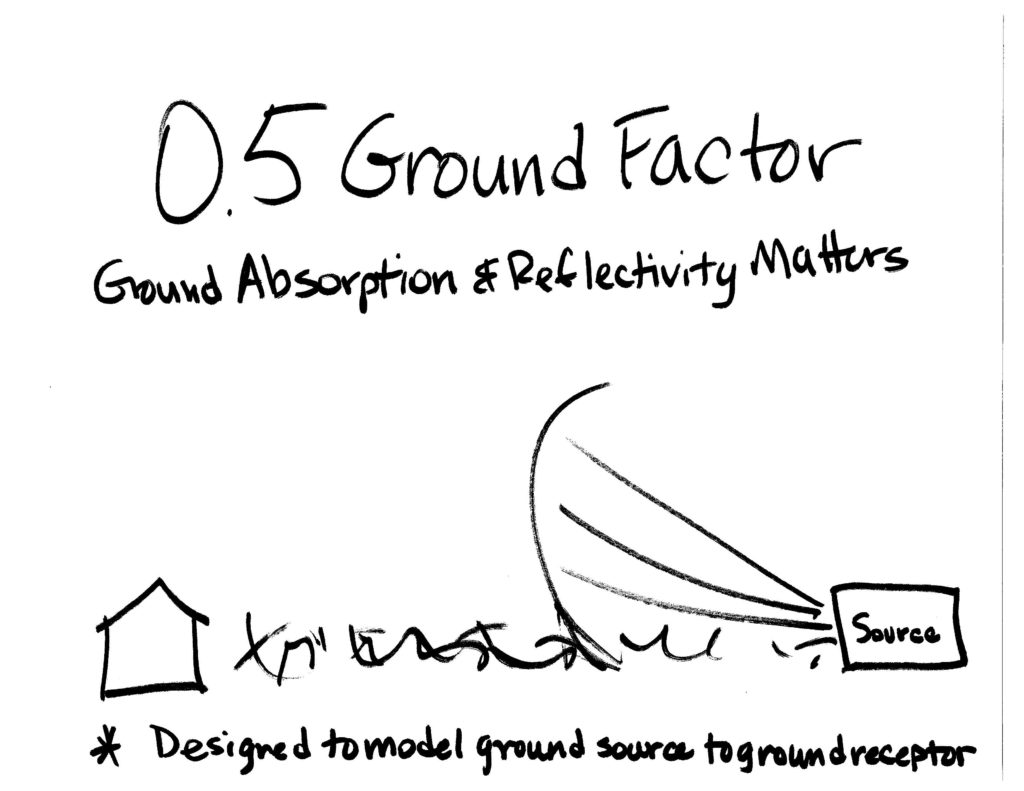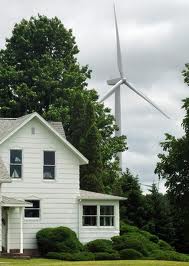Improper Ground Factor – Why It Matters!
December 18th, 2019

This is really important! I learned, after perusing the PPSA handout from Commerce, that none of the wind projects permitted in 2019, and none of the wind projects currently in the permitting process, are using the proper ground factor of 0.0 for noise modeling. WHAT?
So I put this comment together and filed it:
Needless to say, the PUC had something to say about that… they extended the comment period for the PPSA Annual Hearing!
Wind projects aren’t benign, to birds, or to humans…
July 25th, 2011
The importance of siting properly — maybe the message is getting through? Just like a nuclear plant, you can’t be putting generators in the ground without a lot of respectful planning and consideration for neighbors, be they the people living next door or the migratory birds making their way through, or in their foraging, roosting and nesting territory.
Eagles are as much an issue here as with the CapX 2020 Brookings transmission line crossing of the Minnesota River, and will be an issue with any of the proposed crossings for the CapX 2020 transmission line across the Mississippi River, which is North America’s major migratory flight path. Eagles in the proximity of transmission lines was the reason (arguably, because the real reason was that they couldn’t use the Myrick Road route, but that’s a whole ‘nother post, see www.nocapx2020.info and search for “Myrick”).
When you’re planning utility infrastructure, and permitting it, you’ve got to have concerns for impacts, but when it’s no
longer the “Environmental Quality Board” handling it, and it’s the Dept. of COMMERCE with their COMMERCE charge, humans and eagles don’t have a chance against the corporate promoters of these projects. It’s time to transfer review back to the Environmental Quality Board and develop standards for siting (do you know there are NO standards for
siting wind projects over 25MW? They just do it on a case by case basis, with no scientific basis whatsoever), and eliminate the Dept. of Commerce and their corporate shills from any oversight of utility projects, unless they want to intervene as a party.
Yesterday there were two articles on this, in the STrib and the LA Times:
Bald eagles could thwart Red Wing wind farm
Wind farms multiply, fueling clashes with nearby residents
Here are the full articles so they’ll be around once archived. First from the STrib:
Bald eagles could thwart Red Wing wind farm
* Article by: JOSEPHINE MARCOTTY , Star Tribune
* Updated: July 25, 2011 – 1:57 AMIn battle against a Red Wing project, citizens turn to a national symbol.
But there is no certainty such a plan will succeed in protecting eagles or other endangered species.
But that’s only if the deaths are discovered.
“If there are 50 birds hit, are they going to tell anyone?” he said. “We hope they would.”
And in the L.A. Times:
Wind farms multiply, fueling clashes with nearby residents
By Tiffany Hsu, Los Angeles Times
Reporting from Tehachapi, Calif.—
Tehachapi activist Terry Warsaw said he’s worried his community will soon be surrounded by turbines.
“They are not benign things,” she said. “We’ve seen turbines go berserk.”
“Monstrous insects,” she calls them. “I look at the propellers for a moment and my head gets dizzy.”
“We are resembling hundreds of towns around the country,” she said.
Some suggest that removing trees to make way for the machines could lead to erosion and flooding.
